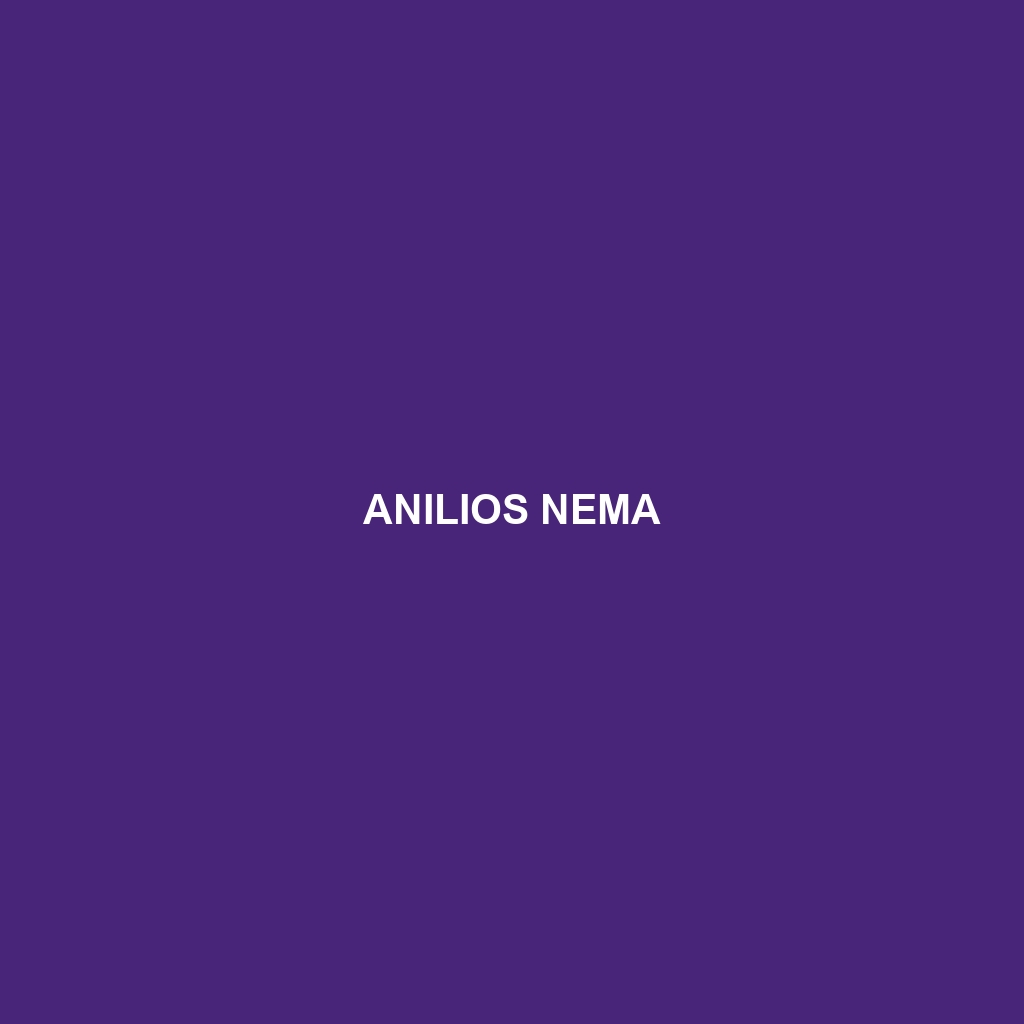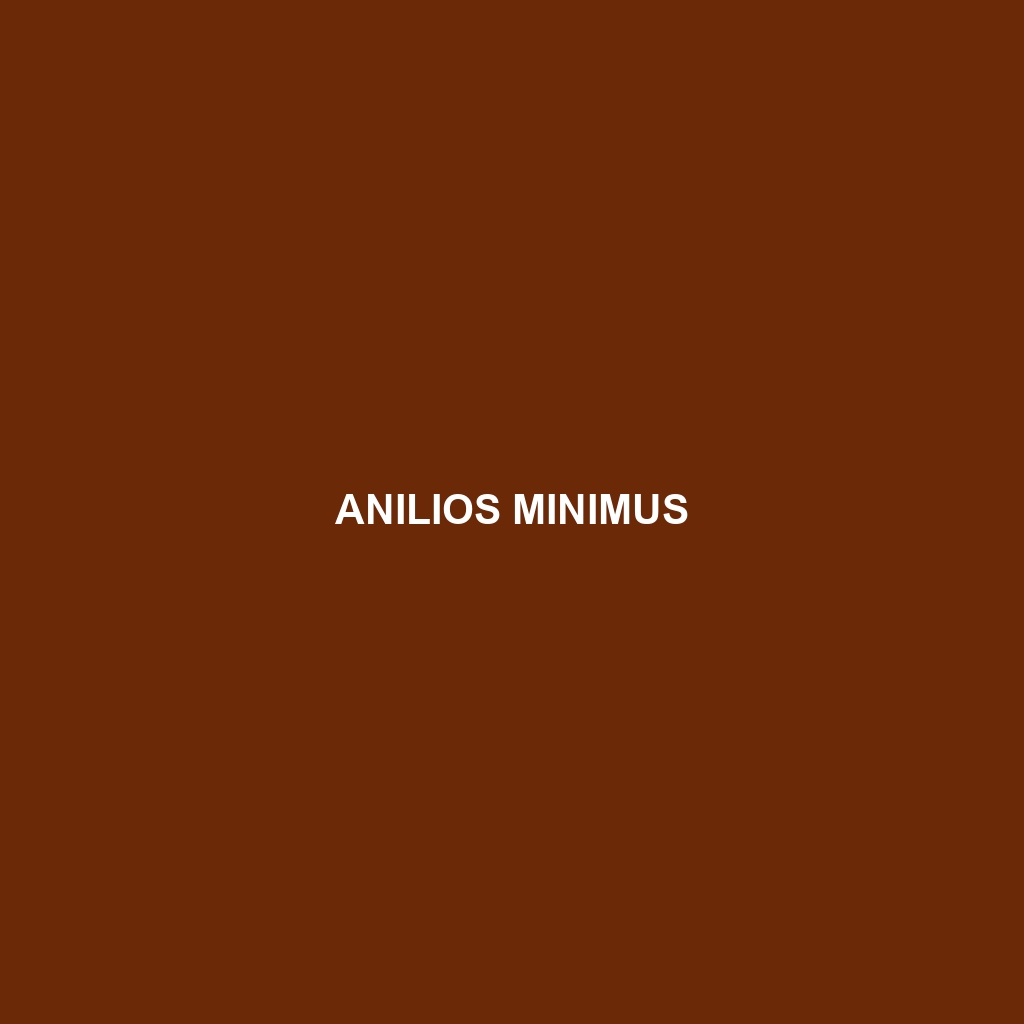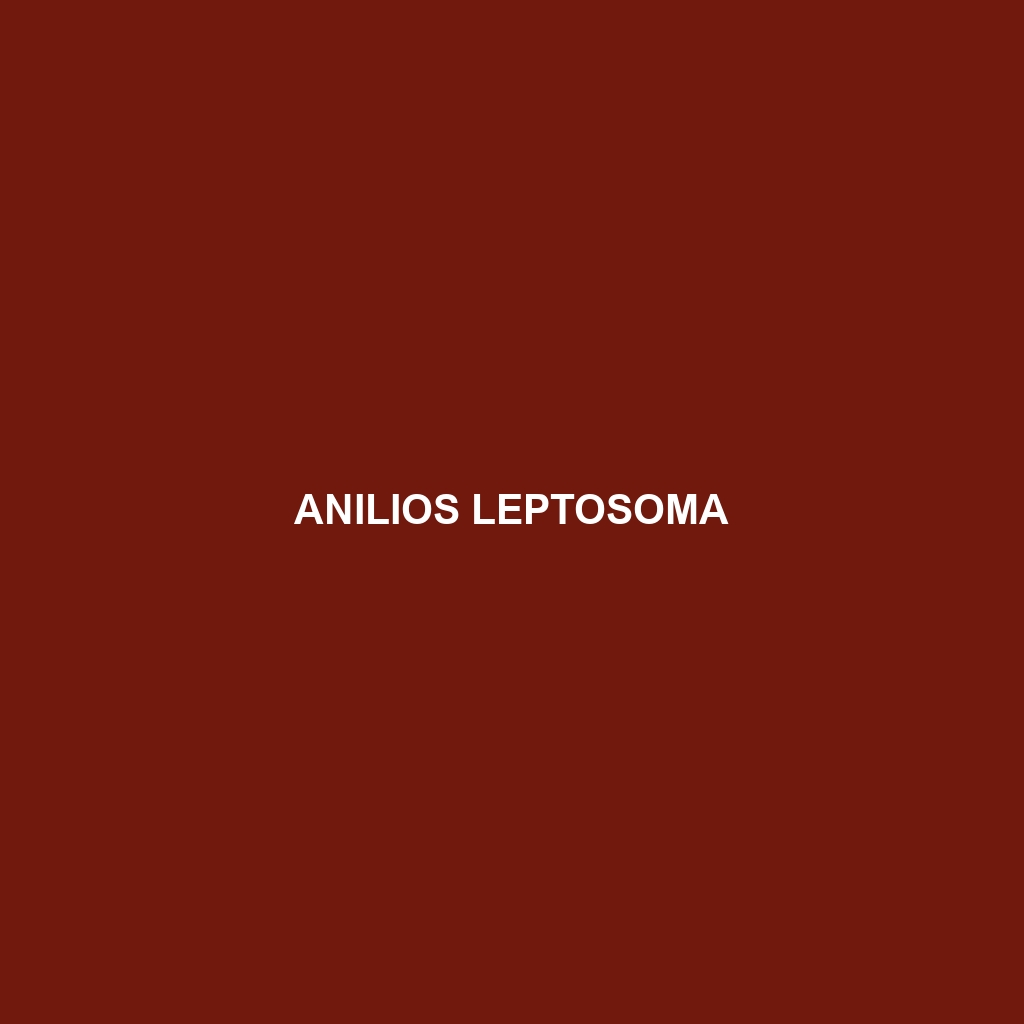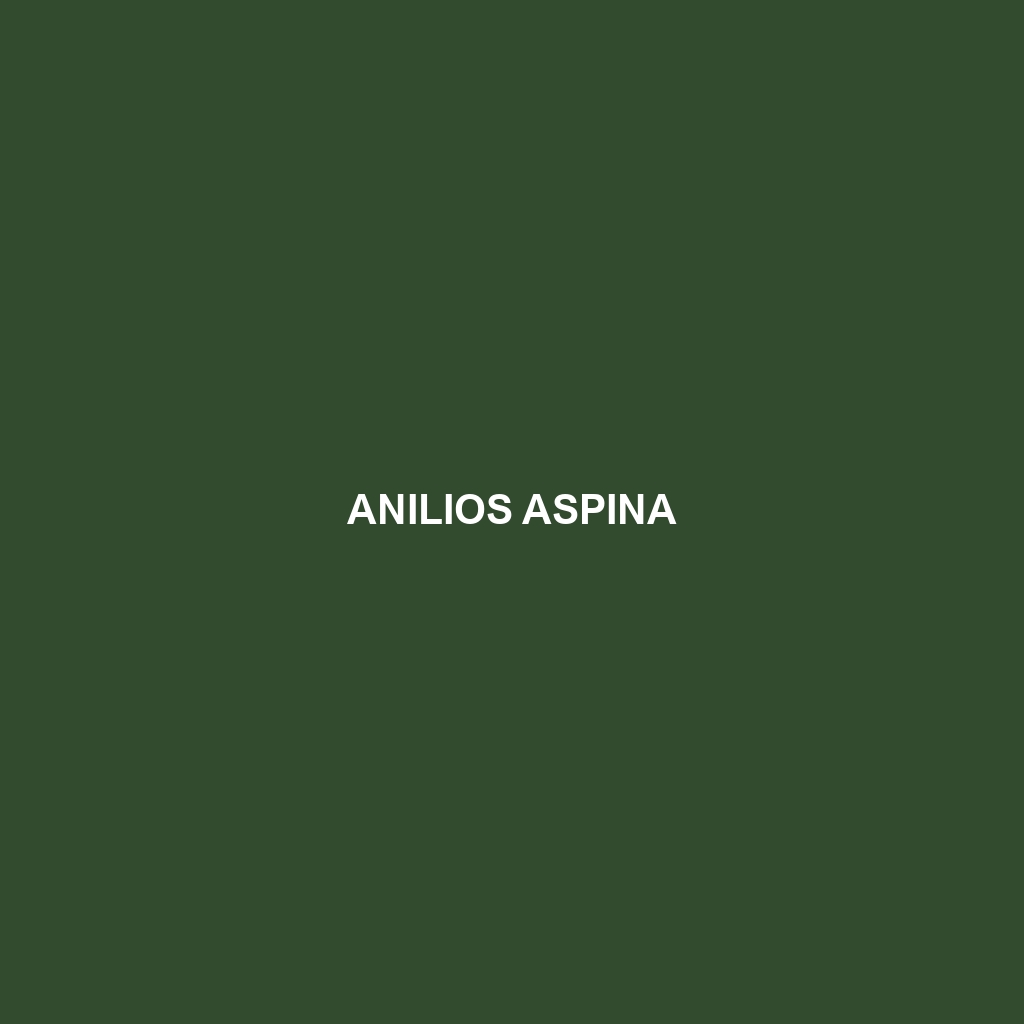Discover the Anilios nigrescens, or blackish blind snake, indigenous to northern Australia and New Guinea. This fossorial species features a sleek, dark appearance, small vestigial eyes, and plays a vital role in controlling insect populations through its diet of small invertebrates.
Tag: Australian snake species
Anilios minimus
Discover the Anilios minimus, or pygmy blind snake, a small, fossorial species native to Australia, typically measuring 20-30 cm and exhibiting a brown or gray coloration. Adapted for a burrowing lifestyle, this nearly blind snake feeds on invertebrates and plays a crucial role in maintaining soil health within its moist forest and grassland habitats.
Anilios leptosoma
Discover the Anilios leptosoma, commonly known as the slender blind snake, a nocturnal predator inhabiting the tropical rainforests of northern Australia. This unique species, measuring 60 to 80 centimeters long, is recognized for its elongated body, smooth scales, and diet rich in soft-bodied invertebrates, while playing a crucial role in maintaining ecological balance.
Anilios hamatus
Discover the Anilios hamatus, or hamate blind snake, a fossorial species native to northern Australia, measuring 25 to 30 cm in length, with a light to dark brown coloration. Known for its gentle nature, this nocturnal snake primarily feeds on ants and termites, playing a vital role in regulating invertebrate populations in its ecosystem.
Anilios erycinus
Discover the Common Blind Snake (Anilios erycinus), a slender, fossorial species native to the tropical forests of northern Australia. Thriving in moist environments, this carnivorous snake plays a crucial role in regulating insect populations, contributing to ecological balance and biodiversity.
Anilios aspina
Discover the Anilios aspina, a non-venomous snake native to the tropical rainforests of northern Australia, characterized by its elongated body reaching up to 1 meter and a diet of small invertebrates. This nocturnal, fossorial species thrives in moist environments, playing a vital role in its ecosystem by regulating invertebrate populations.





